Tags
In 1997, as we saw last week and graced by a visit from the prime minister no less, the residents of the Aylesbury Estate had reason to believe that their homes would be safeguarded and improved. In the event a £56.2m grant from the New Deal for Communities fund promised – or threatened, depending on your point of view – something far more radical.
The grant was provided as the first element of a £234m regeneration scheme which would demolish the existing 2700-home estate. Residents’ tenancies were to be transferred to the newly-formed Faraday Housing Association. To fund the overall redevelopment, 60 acres of the Estate would be sold to private developers and some 1000-1500 private homes built for sale. Overall housing densities would increase significantly.
A key element of the scheme was its belief in ‘mixed communities’ – in practice, the insertion of better-off middle-class owner-occupiers or renters – in the belief that this would ‘lift’ the area and improve local commercial and community facilities.
To ideological opponents, this was nothing less than ‘state-led gentrification’. (1) But tenants were suspicious too. Some did fear a middle-class take-over or were, at best, doubtful of its benefits. More practically, many were worried they would lose gardens or access to open space and parking places. They feared that their new flats would be smaller and feared their rights would diminish and their rents rise under a new social landlord. (2)
In general, residents were happy with their flats and, in many cases, defensive of the Estate. They certainly had complaints about poor maintenance and security but felt that these issues could be addressed by refurbishment and greater investment, at least in preference to a long drawn-out and uncertain redevelopment programme.
In December 2001, on a turn-out of 76 per cent, 73 per cent of residents voted against stock transfer. The whole scheme was blown out of the water.
The Council initially considered refurbishment but it concluded that the Estate’s system-built construction made this prohibitively expensive – a price tag of £350m was claimed. In 2005, the then Liberal Democrat-controlled council voted once more to demolish the Estate and rebuild.
In January 2007, another masterplan for the Estate – the sixth in this long-running saga – was agreed with a twenty-year programme and an overall budget of £2.4bn. A deal with London & Quadrant Housing Group to redevelop the south-western corner of the Estate as the first phase of the scheme was agreed in the following year. (4)
Ironically maybe, in the meantime, whilst the physical appearance of the Estate declined during this long period of uncertainty, the social environment improved. In 2007 The People reported – in tabloid-style but in sharp contrast to earlier media ‘exposés’ – that crime was down by a third, fear of crime had halved, drug use had fallen by a quarter and education results had improved by 300 per cent. (4)
The Aylesbury New Deal for Communities programme, set up in 1999 with a £20m budget for what were termed ‘social interventions’ and its successor organisation, Creation Trust, established in 2009, can claim some credit for these improvements.
It wasn’t all roses. In 2009, 44 per cent of households were on housing benefit and a similar proportion reported at least one serious problem with their property. (5) In 2012, the Estate’s unemployment rate stood at 16 per cent, compared to the Borough average of 11. (6)
Still, Aylesbury Tenants and Leaseholders First could claim very plausibly that: (7)
Our lived experience of crime on the Estate does not match the myth – and this is borne out by the statistics. We need to counter these pernicious negative stereotypes…We are not going to be bullied into giving up good sound insulation, light, views and space because of exterior neglect and delays in re-housing growing families due to current housing scarcity.
It’s worth pointing out that almost one third of residents have lived on the Estate for more than twenty years so there is an established community for whom the Aylesbury – warts and all – is home.
Nevertheless, ‘regeneration’ has proceeded. Demolition of the Little Bradenham block began in September 2010 – Phase 1a of a nine-phase scheme slated to take fifteen years. The new-build is up and occupied.
In a sign of things to come, the tenure mix of the new homes in the six new buildings is 48 per cent private, 39 per cent ‘affordable’ and 13 per cent ‘intermediate’ (generally shared equity).
In this context, of course, ‘affordability’ is a deeply suspect concept. In 2011, Southwark estimated that a median household income of almost £36,000 was required for two-bed affordable housing and £42,300 for three-bed. (8) In the most recent data available (2008), almost half of Southwark households had annual incomes of less than £15,000.
Currently on the estate, there are around 2250 homes rented from the council and some 500 privately owned – around 17 per cent of flats have been purchased through Right to Buy. The regeneration scheme will build around 4200 new homes of which half are designated ‘affordable’. This, by its own calculations, represents a ‘small loss of 150 affordable homes’. (9)
To unpick this further, of 2095 affordable units in the regeneration scheme, 1568 will be socially rented and 527 will be ‘intermediate’ (meaning here that they will be available to rent or buy to those earning above the financial threshold for socially rented property). (10)
So – in fact, fewer socially rented properties and fewer truly affordable properties. If ‘state-sponsored gentrification’ might seem a bit strong, it’s undeniable that council housing is being progressively marginalised and that low-income families are being squeezed out of central London. It’s also hard not to see ‘affordable’ as an essentially fraudulent term.
In this context, there is a suspicion that even the new social rented housing will not enjoy the safeguards traditionally granted. Documentation relating to Phase 2 of the redevelopment omits reference to the National Rent Regime which normally governs rent levels in social housing. (See the comment below for discussion of this.)
Personally – I’m an outsider, of course, and I completely understand how some residents of the Aylesbury would feel differently about their homes – the choice to demolish the current blocks seems plausible.
Elements of the regeneration scheme seem attractive. I guess cynics would say they always do in the public relations outreach but an aspiration to revive ‘the traditional grain and pattern of the streets obliterated by the sixties estate’ seems positive. The Aylesbury’s walkways never worked as envisaged. You can admire the Estate for its scale and ambition, even for its aesthetic up to a point though few would argue it’s lovely and it’s looking far from its best at present.
It’s also positive, I think, that design differences between private and social/affordable housing are being eradicated – in other words, that social housing doesn’t ‘look’ different and can’t be stigmatised.
More radically, Catherine Bates, a Southwark planning officer, says: (11)
We’re determined to break down the estate concept…By the end of the development we no longer want the area to be conceived as a single perceptible entity but feel that it belongs to the city around it.
I guess all this shows how far we’ve come from those days in the sixties when Southwark Council’s ambition was to build big and boldly and when the Estate itself was seen as a powerful statement of the role – and duty – of the state, local and national, to house its people.
‘Regeneration’ remains – quite rightly – desperately controversial. In principle, it’s a good and necessary thing for many run-down estates and neglected communities. In context, it is mired in a world of private profit and a definition of ‘affordability’ which is a travesty of the word. In practice, while ‘social cleansing’ may seem too emotive a term, regeneration acts against the interests of existing communities and reduces the housing opportunities of ordinary working-class people.
Regeneration, yes. This regeneration, no.
Sources
(1) Loretta Lees, ‘The urban injustices of New Labour’s “new urban renewal”: the case of the Aylesbury Estate in London’, 2013
(2) David Blackman, ‘Where did it all go wrong?’ in Regeneration, Inside Housing, February 22 2002
(3) ‘Urban Initiatives remodels south London’s Aylesbury Estate’, bdonline, 3 October 2008
(4) Jon Kirk, ‘Welcome to the Aylesbury Estate – once so grim its residents dubbed it a hell-hole’, The People, 24 June 2007
(5) Southwark Housing Requirements Study 2008. Sub-Area Report: Aylesbury Estate, June 2009
(6) Karl Murray, Understanding the impact of the economic downturn on BAME communities: A case study of the Aylesbury estate in the London Borough of Southwark, June 2013
(7) Aylesbury Tenants and Leaseholders First website
(8) Southwark Council, Affordable Housing: Draft Supplementary Planning Document, June 2011
(9) Southwark Council, Aylesbury Area Action Plan, January 2010
(10) ‘Aylesbury Area Action Plan evidence base: projected tenure split and bedroom mix, 2009’ quoted in the blog Southwark Notes – Whose Regeneration?, ‘Aylesbury Estate: All changes subject to change’
(11) Quoted in Ike Ijeh, ‘Aylesbury Estate: Taking back the streets’, building.co.uk, August 3 2012
For a recent and thorough analysis of regeneration in a number of London council estates, read the UCL Urban Laboratory’s Urban Pamphleteer #2, ‘Regeneration Realities’.
Ben Campkin’s new book, Remaking London: Decline and Regeneration in Urban Culture, has a chapter on the Aylesbury and looks at ‘regeneration’ more broadly.
The Southwark Notes website also provides full analysis of a number of the regeneration schemes currently affecting the borough.
Aylesbury Tenants First have also have a blog on the Estate and their campaign to defend it.

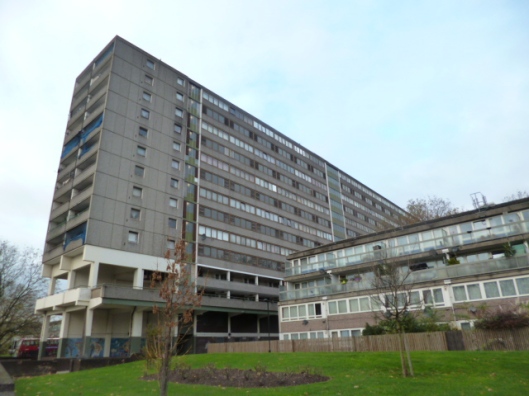
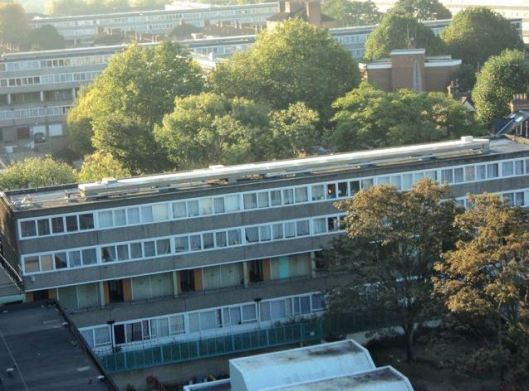
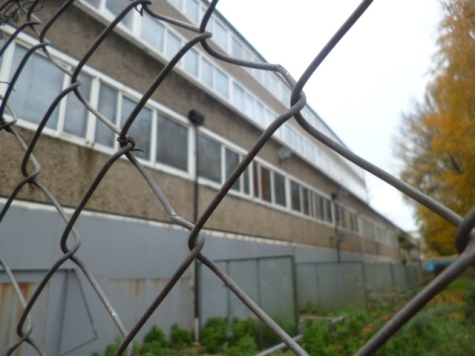

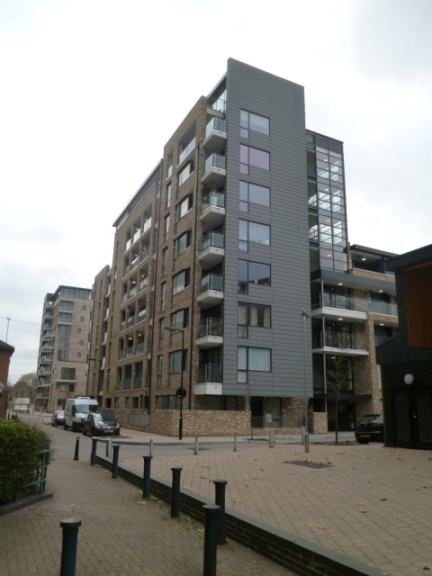
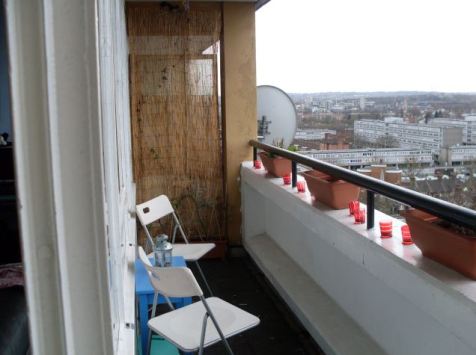
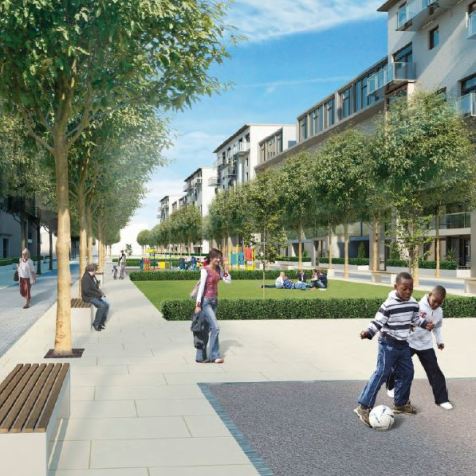
Pingback: The Aylesbury Estate, Southwark: ‘all that is left of the high hopes of the post-war planners is derelict concrete’ | Municipal Dreams
You might want to also mention that the term ‘social rented’ is going the same way as ‘affordable’. Under the definition ‘social rented’ on page 14 of the s106 legal agreement for phase 2 of the Aylesbury regeneration there is no longer any reference to the National Rent Regime which you would normally expect to find in an s106 agreement securing social rented housing.
Link to the s106 agreement in Southwark’s planning documents here: http://planningonline.southwark.gov.uk/DocsOnline/Documents/279910_1.pdf
Thank you for this critical insight. I’ve added a paragraph above which references your comment.
Pingback: Has Southwark found the right answer for London’s famous Aylesbury estate? | londoncitybreaks.org.uk
Pingback: Robin Hood Gardens, Poplar: ‘presence, dignity and a bit grim’ | Municipal Dreams
Pingback: Cressingham Gardens, Lambeth: ‘warm and informal…one of the nicest small schemes in England’ | Municipal Dreams
Pingback: 2nd Essay Draft | MAASD Urban Ecology 2014/15 – The Production of Place
very interesting blog post – thanks!
Pingback: The Five Estates, Peckham, Part III: Back to the Future | Municipal Dreams